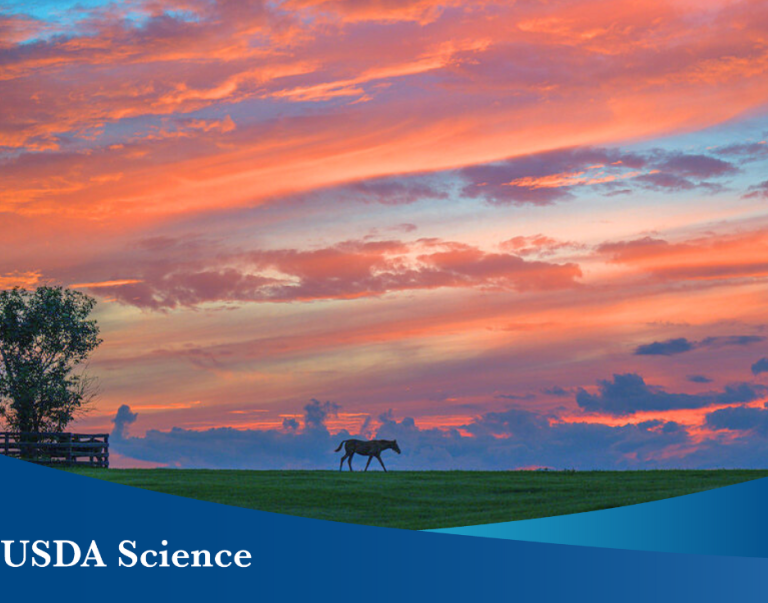Soon after moving into the White House, the First Lady along with local elementary school children planted The Kitchen Garden at the White House, the first garden of its kind on White House grounds since Eleanor Roosevelt's Victory Garden during World War II.
Weeks earlier, I celebrated the 200th birthday of Abraham Lincoln by starting the first People's Garden at USDA Headquarters in Washington D.C. That day, I could only begin to imagine that a movement which began in our nation’s capital would spread to make an impact in communities across America and the world.
But, of course, the principles behind the People’s Garden Initiative and the White House Garden were not born here, and were not meant to stay within the Beltway. The First Lady and I are excited that gardens at schools and within neighborhoods across the county are improving the quality of life within these communities by providing fresh food, exercise and health benefits, opportunities for multi-generational and life-long learning, care for the environment, and bringing people together.
We are especially dedicated to solving the challenge of childhood obesity by supporting the First Lady’s Lets Move! Initiative so that children born today will grow up healthier and able to pursue their dreams. And a healthy first step all schools can make is planting a garden. This is why USDA is supporting the creation of gardens at schools or within the community though the People’s Garden School Pilot Program, which provides funding for garden-based learning pilot projects. Back in August, we solicited applications from interested organizations on how they would develop and run gardens at eligible high poverty schools.
Yesterday I was pleased to announce that Washington State University (WSU) will receive the $1 million dollar grant, and initiated this summer. The University’s Healthy Gardens, Healthy Youth pilot will serve about 2,800 students attending 70 elementary schools in the States of Washington, New York, Iowa and Arkansas. The pilot will encourage student involvement and include a strong emphasis on diet and nutrition education, and throughout the project they’ll be evaluating the impact of the program on kids’ diets and knowledge of food production.
In keeping with the spirit of partnership, WSU will also work with the youth development organization 4-H as well as local cooperative extension offices. Together, they will cultivate youth-led garden projects during the school year and throughout the summer.
Partnerships are the key to success in everything we do at USDA, and we’re expecting the Healthy Gardens, Healthy Youth pilot to yield valuable results—as well as an abundant harvest! In fact, working with schools and communities to develop gardens is just one of many ways that we encourage greater consumption of fresh fruits and vegetables.
This school garden pilot will compliment the ongoing work of USDA’s Farm to School Team, as we continue to increase the amount of fresh foods offered during school meals and help school children find a connection with their food, their local farmers and agriculture.
As we celebrate National Gardening Month, there’s no better time to reiterate how important agriculture is to our economy and our diets —even the kind in your own backyard.


